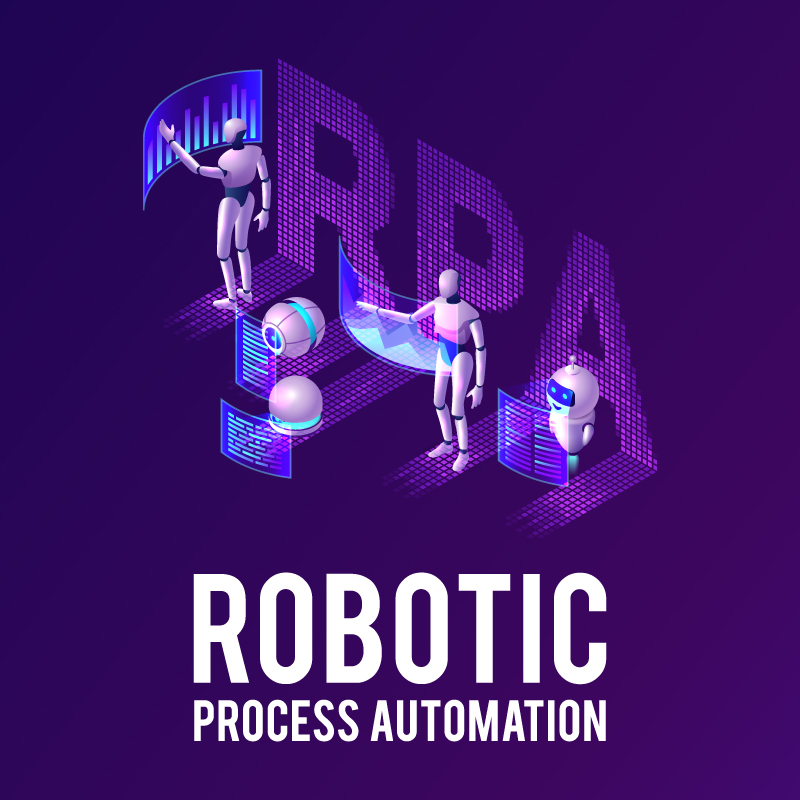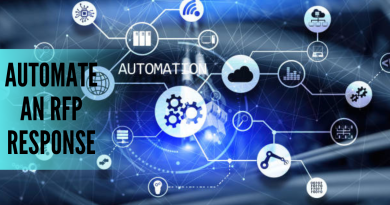An In-depth Analysis of RPA Robotic Process Automation
We have talked about artificial RPA Robotic process automation intelligence and machine learning that comes with it to kick start the age of modernization and development. It digitalized and automated significant of the businesses.
Here robots were introduced to help humankind complete their business operation in less time. However, with the rapid advancement in technology, people learned about rpa robotic process automation. If you have watched ‘The Terminator’ and the robots in it, how they stood against humans to rule the world without any empathy is often thought to be this sort. But luckily, we are safe; only their efficiency has improved drastically, leaving humans behind. To be honest, there aren’t any robots included in this kind of automation.
Technological advancement has changed the business landscape, helping companies create a competitive advantage with the least minimum resources utilized efficiently. RPA is a smart technology that has streamlined business operations and reduced costs to automate repetitive tasks. This enables workers to focus on more critical tasks that need human attention. People often confuse the RPA with AI when they are totally different from each other. Its application has spread across all the industries worldwide, bringing out the best of them.
What is RPA Robotic Process Automation?
RPA is the abbreviation of robotic process automation, a software technology that develops and manages software robots. These robots run on physical or virtual machines while capturing and interpreting apps manipulating data, processing transactions, triggering responses, and seamlessly communicating with digital systems. This technology can perform any task that a human can. It can navigate systems, extract data, understand screens and perform various actions. However, these robots are faster than people. In short, they mimic humans or their interactions with the computer to perform error-free tasks quickly.
RPA is often considered a type of business process automation, enabling anyone to explain the instructions for the robot or bot to complete a task. This bot or technology performs simple to complicated tasks like automating a response to an email to launching hundreds of bots, each programmed to automate the functions in an ERP system. Like AI, they automate mundane tasks at the workplace. Hence, this leads to the automation of major routine tasks to improve efficiency for enterprises. It has solutions for every industry, including healthcare, logistics, retail, marketing, etc.
RPA, as discussed, is easy to understand, but people have gone further in explaining it in different ways that often make it difficult for common people to understand. But the message is the same in every definition. Companies often dealing with extensive data should focus on integrating RPA robotic process automation in their business models to avoid repetition by automating the tasks.
How can companies benefit from RPA?
RPA is a broad term used to describe the automation of the major tasks with the software robots. It reduces the overall cost of any organization. It is done by utilizing the scarce resources more efficiently, and instead of hiring more labor to get the tasks completed on time, firms use RPA to automate the tasks, which gets the work done in less time, decreasing the cost and human error. Secondly, they used the existing workers to perform crucial tasks that need human attention, optimizing productivity. Many companies deploy several bits to run different processes. Take the example of a bank that redesigned its claim process by launching 85 bots for 13 operations which handled 1.5 million requests every year.
Companies can benefit from the low-cost bots as they are easy to implement. This means they do not require custom software or deep integrations to achieve optimal performance. By deploying the technology or robots, they can boost growth by automating low-value tasks.
Organizations have become more responsive, flexible, transparent, and profitable. This improved employee satisfaction, user interaction, and overall performance. All this is done by removing repetitive and mundane tasks. It is increasingly used for digital transformations, especially ideal for legacy systems with few APIs, data access, and VDIs.
Are AI and RPA Related?
You may have often heard businesses and researchers relating artificial intelligence and rpa robotic process automation. But how far it is true, we will see with some research. There are people too disagree with RPA and AI relationship. It is because RPA cannot learn on its own as it functions while performing a task. However, still many argue that both have a growing relationship despite the above-discussed fact.
Many of the researchers go ahead and explain it with the example of AI technologies that augment and mimic human behavior complete the RPA technologies or bots that copy the rule-based human behavior and actions. It means they both go hand in hand and collaborate indirectly to improve the organization’s productivity. Hence, this leads to faster decision-making with AI and RPA while eliminating human bias.
Conclusion
Technological development has skyrocketed in the last two decades making businesses invest their futures in the next-age technologies to optimize productivity and performance. Like AI, RPA robotic process automationhas taken over the world to automate all business operations, reducing cost and time to boost efficiency. Though AI and RPA may look a lot like each other, they both are different in various ways. However, they both work together to generate the required results for any company. Enterprises will continue integrating it into the business process to streamline their goals and requirements, enhancing worker and user experiences in real-time.



